
2023
Targeting galectin-driven regulatory circuits in cancer and fibrosis
(Mariño et al., Nature Reviews Drugs Discovery).
+Info

(Mariño et al., Nature Reviews Drugs Discovery).
+Info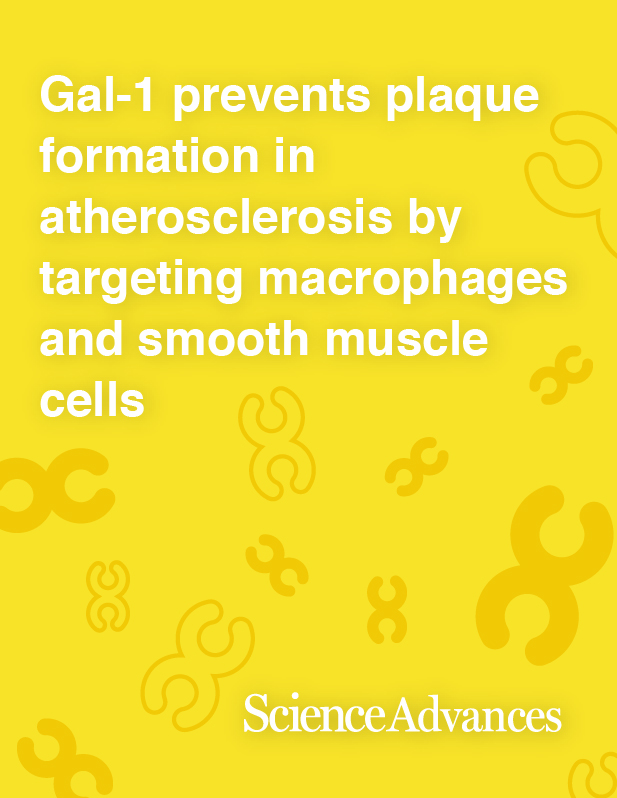
(Roldán Montero et al., Science Adv.).
+Info
(Morosi et al., Science Adv.; Cagnoni et al. PNAS).
+Info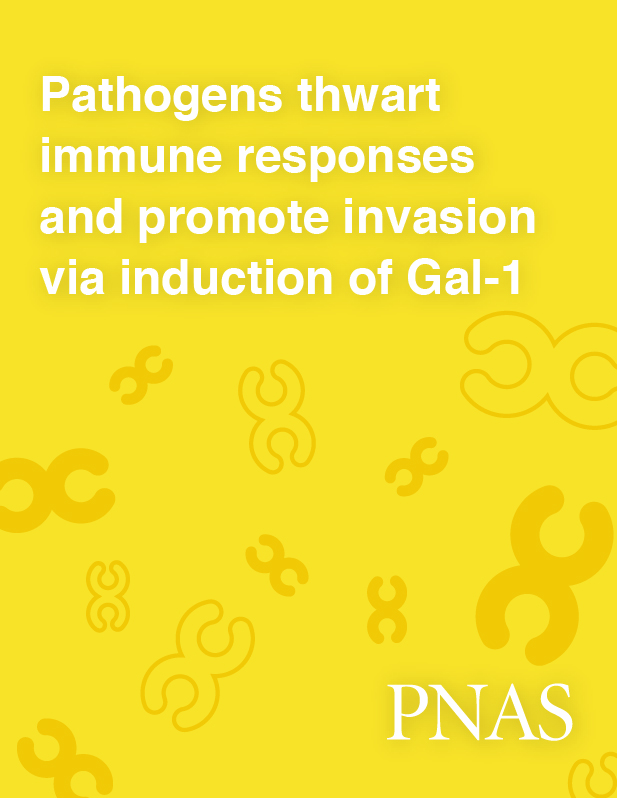
(Lujan et al., PNAS.; Poncini et al., J. Immunol.; Davicino et al., J. Immunol; Russo et al, Nat Immunol.).
+Info
(Croci et al., Cell; Croci et al., J. Exp. Med.).
+Info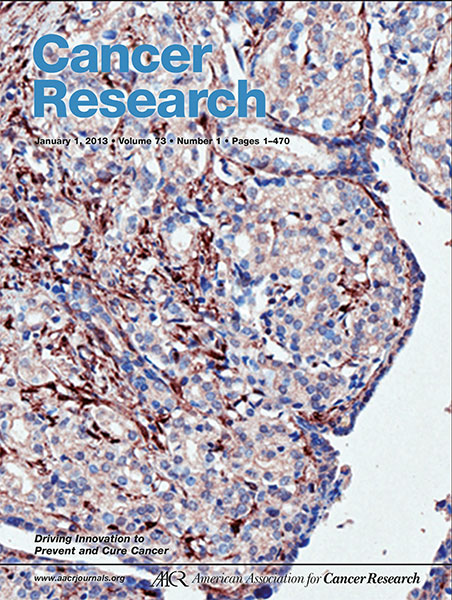
(Laderach D, Cancer Research).
+Info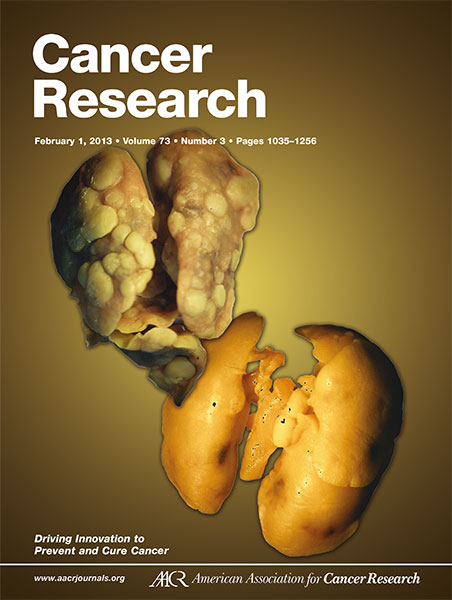
(Dalotto-Moreno et al., Cancer Res.).
+Info
(Croci et al., J. Exp. Med.)
+Info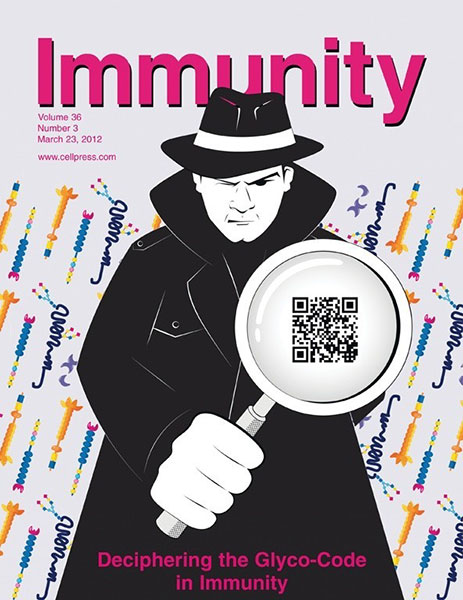
(Starossom et al., Immunity).
+Info
(Ilarregui et al., Nature Immunol.).
+Info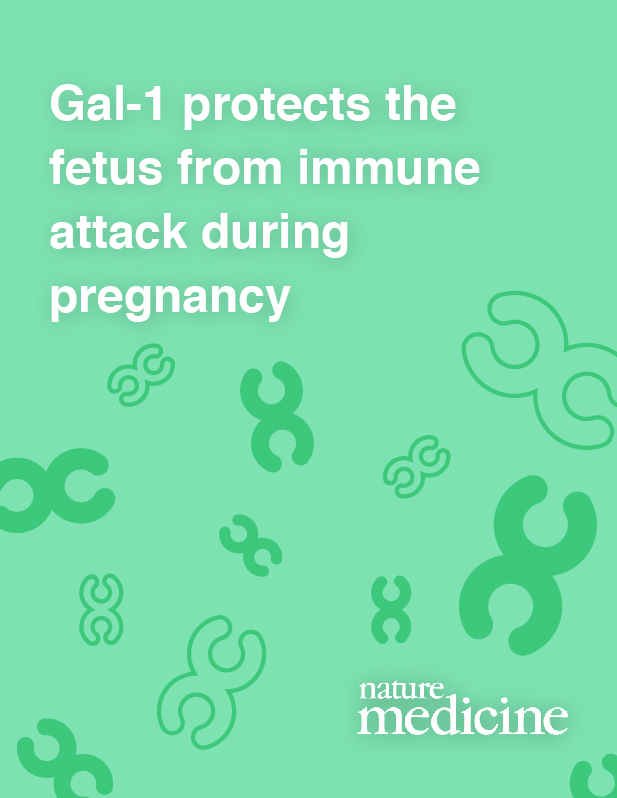
(Blois et al., Nature Med.).
+Info


(Rabinovich et al., J. Exp. Med.).
+Info
(Rabinovich et al., J. Immunol).
+Info